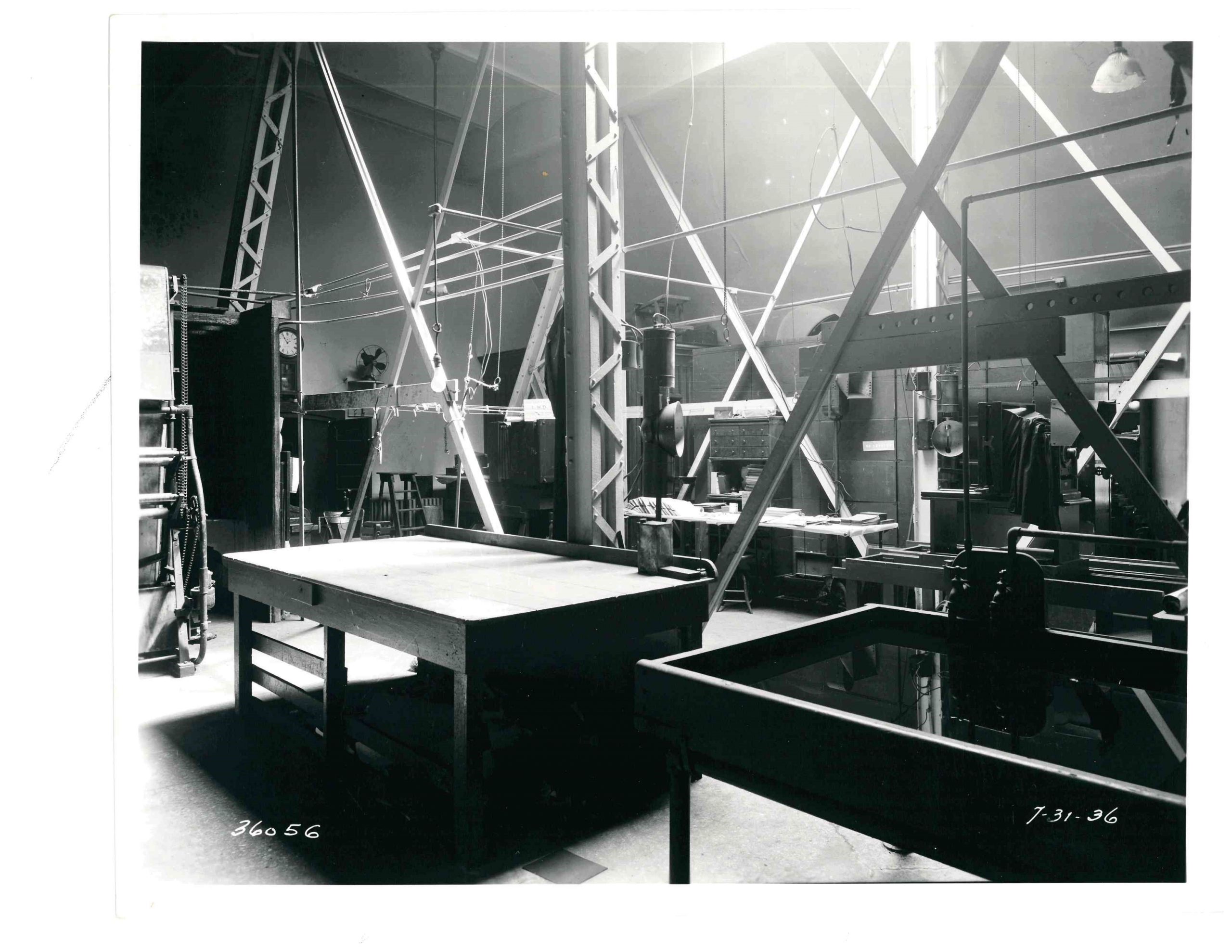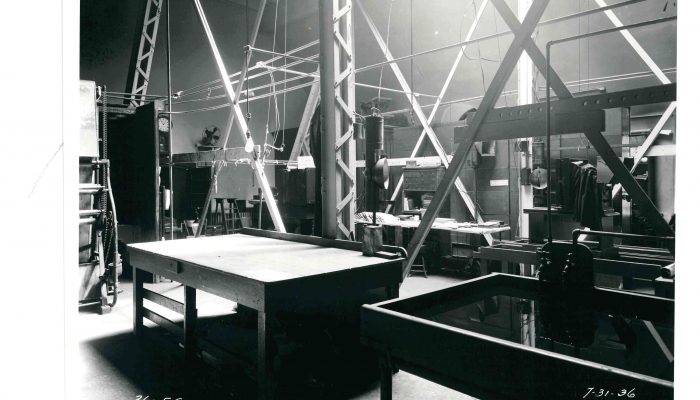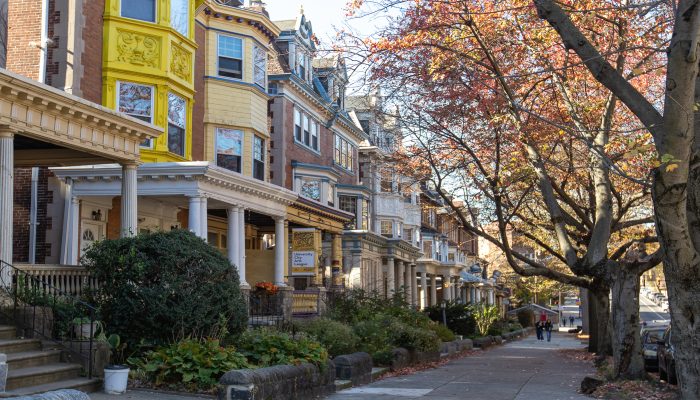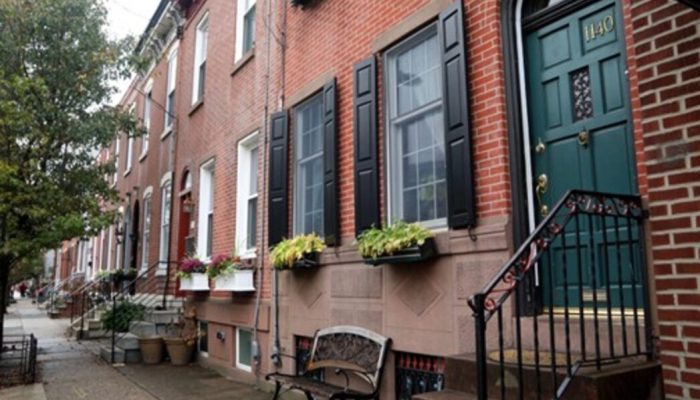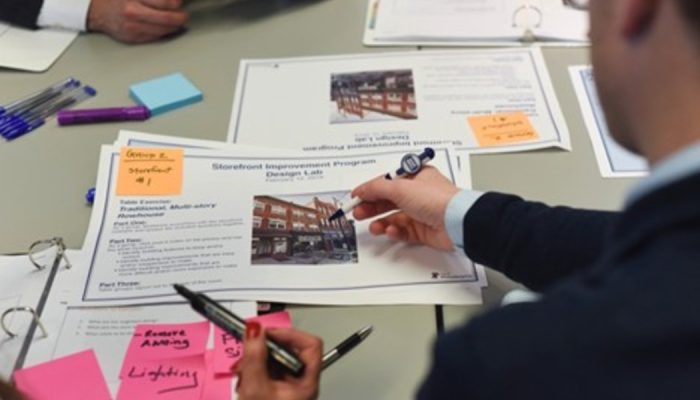This month, we’re looking to the Philadelphia City Archives’ past to gain some insight into our city’s future. What prompts public interest in different types of records is often annual or significant events, recent updates made to collections of records, or current history publications. Past requests for records at City Archives are not too dissimilar to requests for records today, and they can even help inform future trends in requests.
86.1 Annual Report, Fiscal 1978
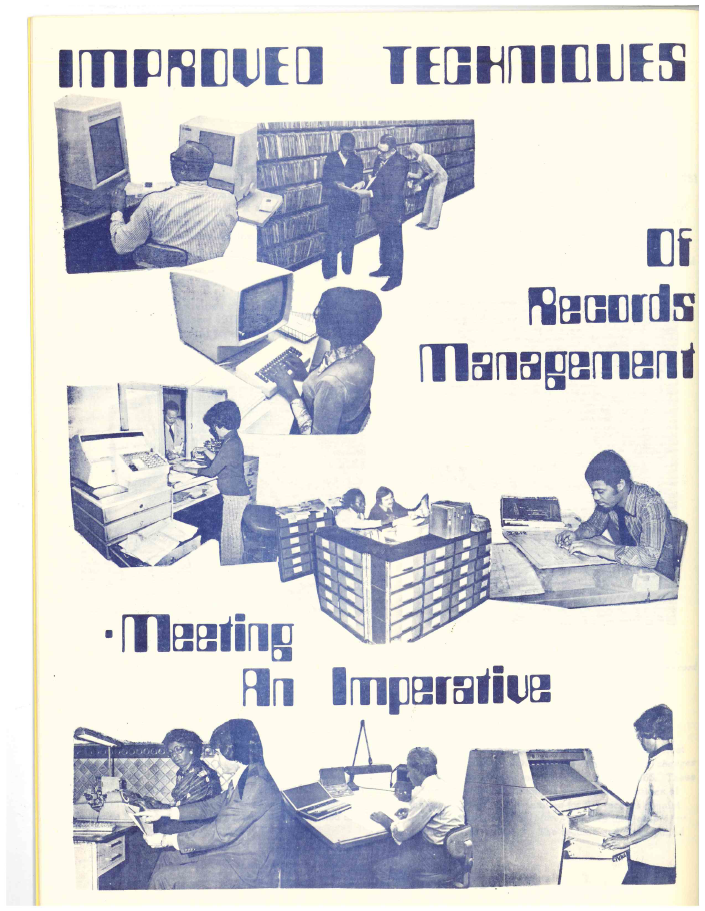
86.6a City Archives Newsletter
For about thirty years, the Philadelphia City Archives published a triannual newsletter updating both visitors and Library/museum professionals about new accessions, recently processed collections, and ongoing history-focused events or publications. In the October 1973 newsletter, the staff at the Archives wrote about an increasing curiosity in its collection of Centennial records. With the 1976 Bicentennial just three years away, interested parties wanted both access to Centennial records and a way to preserve them long term. (Though the author used the term restoration, today we understand this desire to safeguard records as conservation.)
In 2026, Philadelphia will commemorate the Semiquincenntenial, the 250th anniversary of the Declaration of Independence. Will researchers express interest in Bicentennial records in the same way researchers in 1973 expressed interest in Centennial records?
86.6a City Archives Newsletter, Issue Number 20, October 1973

78.1 Photographs
This newsletter also includes the City Archivist’s comments on interesting projects, like changes being implemented to improve access for the photograph collection. Public works, City Transit, Streets, Water, Public Property and Records, are some of the different departments represented in this collection. City Photographers captured and catalogued streets, structures, and the public, then processed the images in the city’s darkrooms. Though these photographs exist for administrative reasons, they have a secondary function of documenting life in Philadelphia from the end of the nineteenth-century to about the 1970s. Historians and researchers, who understood the value of these records for their secondary use, incorporated them into their work. Encouraged by this interest, the City Archives staff began work on the rearrangement and indexing of the photograph collection. Photograph prints were (and are still today) arranged alphabetically by location or subject term. The original negatives, however, retain the number assigned by the city’s photographer.
The photo collection continues to generate interest from outside parties. In the early 2000s staff completed work on a digitization project, making many of the scanned prints accessible virtually via phillyhistory.org. Anyone is welcome to view the physical prints in City Archives’ research room at 548 Spring Garden Street. For the staff at City Archives, preserving even the most commonplace of these photographs is a significant and ongoing mission. As such, there are two goals for this collection: current and future researchers will have the same or similar access to these records, and for the long-term preservation of the visual history of the everyday people of Philadelphia.
78.1 Photographs, neg. #36056 7/31/36, Photo Division, City Hall
